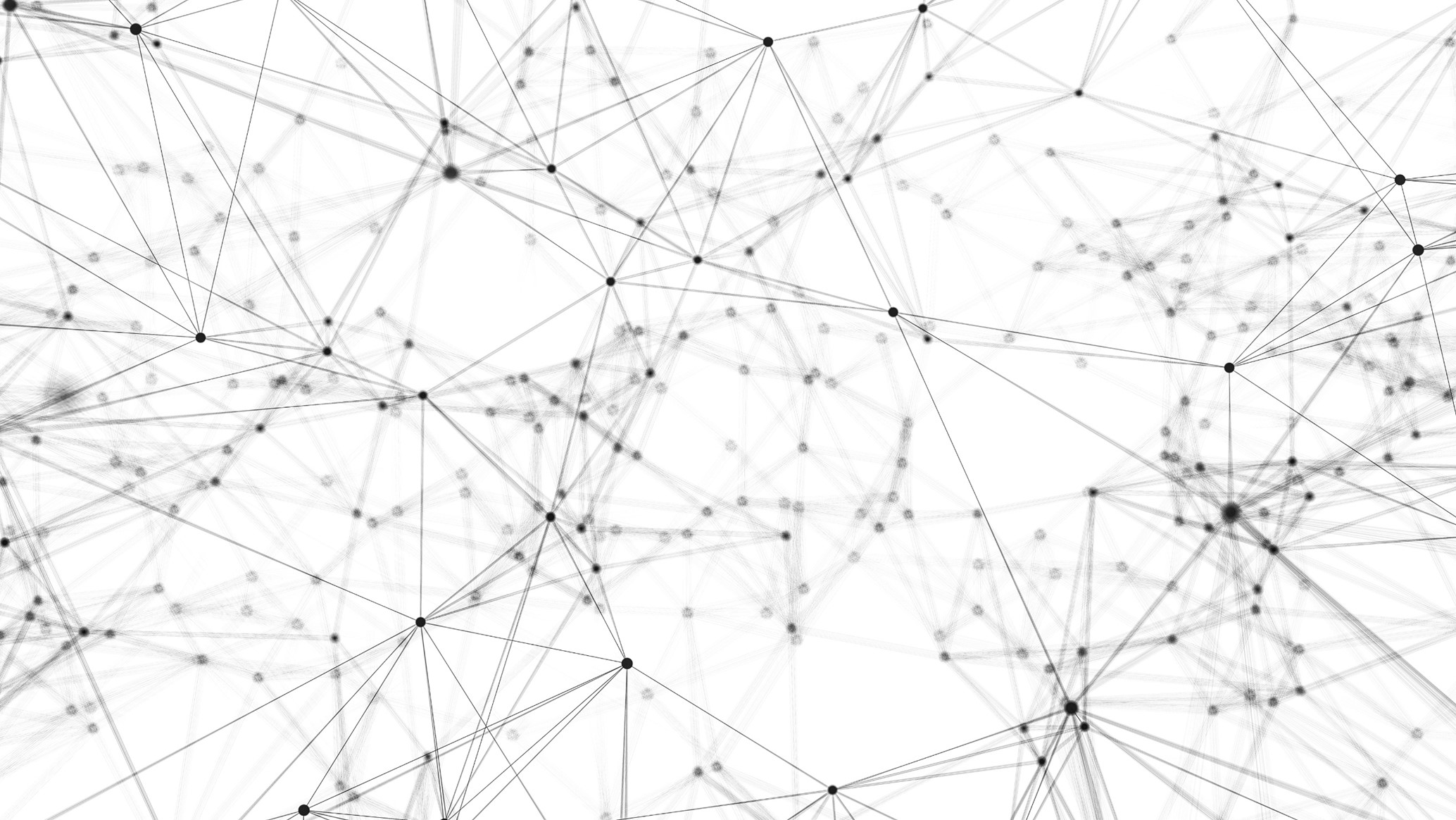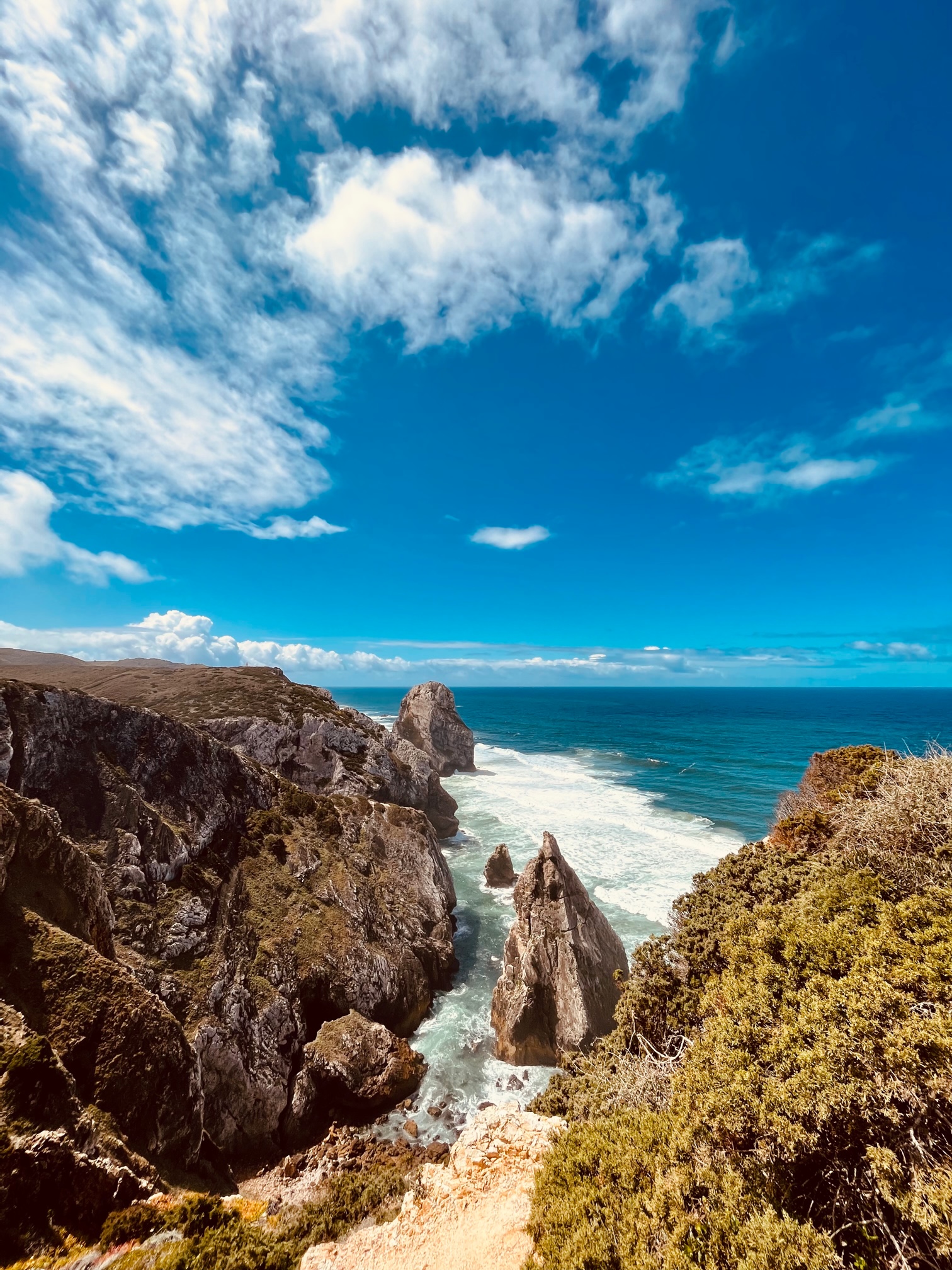A STORY ABOUT HOW TO LEARN IN SITUATIONS WHERE WE DO NOT KNOW WHAT TO EXPECT.
A reflection from Loes Damhof
This story is about how to learn in situations where we do not know what to expect. When our assumptions on what to prepare beforehand are being challenged and when the complexity seems overwhelming. When you don’t or can’t have the solution to a problem, but your surroundings expect it anyway. This story is about embracing complexity.
A beautiful metaphor for learning in complexity to me is wayfaring (Ingold, 2010): that learning is not moving over the ground, or on the ground but rather through the ground… that moving is knowing. Not by acquiring more carefully planted knowledge along the way, but sensing more, picking up clues in places that vary, that come just in time… ‘in histories of movement, and changing horizons along the way’. I like it because I like walking.
When I walk, I like to think that the surface I walk on moves with me. The wind interacts with my surroundings, giving it guidance and agency. The plants move, and breathe and follow my tread. My footprints leave a trail that becomes part of the ground too. I prepare myself for a hike putting on my boots and bringing a map, knowing that the journey ahead is never what it set out to be. The earth changes while I walk and I change through the elements that grow or are placed on the surface.
In this post I try to live up to this metaphor by applying the design principles (written in the download document in bold) of four courses that support learning in complexity in higher education, as described in ECOLAH, an Erasmus+ funded project that stands for Embracing Complexity Oriented Learning Approaches in Health. These principles are not set in stone but offer guidelines on how to facilitate this type of learning and how to embrace complexity. I did not however, apply these principles beforehand or with a predetermined plan in mind. I am reflecting on an experience in hindsight, to see how my wayfaring was guided or inspired (albeit loosely) by these principles.
This story might demonstrate the underpinning of these principles, or it might give the reader some comfort that design principles are maybe not meant to find our way, but to get lost instead.
It is hard to pinpoint complexity as a phenomenon, since it is in essence how all aspects of life connect and interact and in return respond to those interactions (Cohn, 2013). And yet we can find some underlying logic to the complex situations that we face. Complex systems are made of many (networks of) interacting components. They feed on disruption: when one component changes, new challenges and opportunities appear. A complex system cannot be controlled or solved. Simulating complex situations therefor undercut the purpose of learning in complexity, since simulations assume a design that is goal- or purpose oriented in itself. But it is the unexpected and unanticipated nature of complexity that should be experienced by being prepared to abandon the design when taking off and.. well… walk the walk instead.
Learning in complexity therefor requires the imbedding in real-life situations, where we can try to anticipate the dynamic nature of the content by sensing and trying to make sense of it.
My walk
Somewhere in October 2022 I found myself in such a situation: in an average sized town in the deep south of the United States, answering a call to facilitate a Futures Literacy Laboratory (FLLab) and training for a disadvantaged, mostly black community to help them transition towards energy justice. A FLLab is a learning-by-doing workshop that creates space to practice the capability of imaging multiple futures to see the present anew (Miller, 2018). The training offered a deep dive into the theory of anticipatory systems and processes and was meant to equip the community with the skills to continue their learning journey after the workshop.
The community had gone through a transformation in recent years: it had been dealing with unaffordable housing, lack of (fresh) food, financial instability and no access to sustainable energy sources. On top of decades of racism, power abuse and violence, its members had grown weary and skeptical. Hurt, too.
Attempting to be fully equipped for this task and to eliminate as much uncertainty as I could, I tried to prepare myself accordingly, so I could meet them where they were. Reading up on available documents, interviewing local experts, visiting the community… I tried to prepare myself as much as I could, knowing there was only so much I could do. After all, so many factors were unknown to me that could cause anything to emerge.
It was a diverse group that was assembled for the Futures Literacy Lab: community members, energy companies, local organizers… This was as unusual as it was promising, since learning in complexity asks to invest in making a community sustainable, one that includes all relevant stakeholders and fosters individual and collective learning in a participatory and co-creative way. Complex challenges need collective action and wisdom, since they are beyond the scope of any individual to respond to or engage with. Diversity, a sense of belonging, co-creative spirit and awareness of roles are all essential ingredients for a community to live up to the challenge. Still, I was fully aware of being the ‘white lady expert’ from Northern Europe, and the fear of dominating the space with my privileged voice had me worried.
I asked my dear friend Bayo Akomolafe for advice. He said:
“Whiteness believes itself to be separate from all else. A thing apart. Even white attempts to apologise for imperialism amount to reinstatements of this formulaic distance between things. But whiteness moves. Everything fades. We need white ladies, men, people. Unless we embrace each other, we’d continue this noxious myth that you are isolated and alone in a universe that is hostile to separation.”
It occurred to me I couldn’t be a bystander. I had to face the beast.
Feeding the compost
This meant stepping into the space and the present moment, but not just for that moment alone. Investing in a sustainable community means understanding that you, as a facilitator, are part of the learning journey as well, which requires a commitment that stretches beyond the moment. That commitment does not have to be a life long relationship, it can be the awareness that all of us add knowledge to the ‘learning compost’; knowing that what happens in that moment will leave a residue in the soil, and that the ground in return changes us too (Wall Kimmerer, 2013). Taking care of the quality of that compost, is an investment as well. The purpose is to create a sustainable, nurturing learning environment, that transcends the once in a lifetime experience. Hence the principle: learning in complexity is both short and long term thinking. It is celebrating seemingly small signs of impact of individual and collective learning, and be aware and act on the future consequences. Making a notable impact in the context of the local ecosystem, requires patience and long term thinking: trustthat whatever nutrient we add to the compost will find its way to something new. Besides trusting the impact the Lab would have in ways I couldn’t foresee, I also knew we had to build capacity by investing in the collective learning journey after the Lab had finished.
Wandering and wondering our way out of stuckness
The actual physical space of any learning compost is important: in my case it was a cultural center for African-American heritage and remembrance. Surrounded by the beautiful art-works of and by black artists and their historic reference, we geared up to travel to the future. I warmed up the crowd with a light hearted icebreaker, acknowledging the fact that I entered the space as an expert. The participants then started off by mapping the context of reality and historicity by navigating between the weight of the past, the push from the present and the pull form the future (Futures Triangle, Inayatullah). After an hour, they had made long lists with answers for each question: what is holding us back in order to establish energy justice? What trends we see in the future are pulling us in a certain direction? What situations in the present make it the way it is?
I asked them what they observed. “The lists are all the same!”, they responded.
What could that mean, I asked?
“That we are stuck in the same story”
It was from that realization, of the stuckness in our own narratives, that we were able to move into the future and back, trying to overcome ‘the poverty of imagination’ (Miller, 2018). Step by step, moving from the past, to the present, to desirable, probable and alternative futures, we managed to break free from existing thought patterns, moving from what is.. to what if? Although these steps were part of the original design, the images of these futures did not form a paved road ahead, but were rather small steppingstones, serving as temporary natural waymarks, cairns, to guide our wandering. It was hard, and only after participants were confronted with what they perceived as a ‘whimsical’ scenario that was neither probable nor desirable, they managed to envision something different. The result was not as much a new future of energy justice, but deep insights and new questions, fueled by a new sense of agency.
“For the first time I feel like I belong in a room like this”.
Can belonging be the beginning of getting unstuck?
I left this space after three challenging but nurturing days. Had I anticipated this experience? No I hadn’t. I almost had been paralyzed by the complexity of it all. But just in time, I had found the next waymark allowing me to step into the present moment and embrace it all.
You see, I believe Bayo was not only referring to ‘each other’ as humans, black or white… I believe he was referring to all of it, all things and non-things, human and non-humans. I believe this is the key to learning in complexity; to accept that everything moves and everything fades. It is not only our footprints that make the trail, the trail makes us too. Stepping into a complex environment or situation does not require only skills, equipment or a plan. On the contrary, this might get us more stuck. It requires the willingness to get lost, to step into the cracks. To get ‘unstuck’. Growing this ‘complexity mindset’ is crucial when learning in complexity.
To me it meant accepting the premise of not knowing and challenging the way forward and the way backward.
Or to quote Bayo again: to go awkward instead; where the beasts are.


